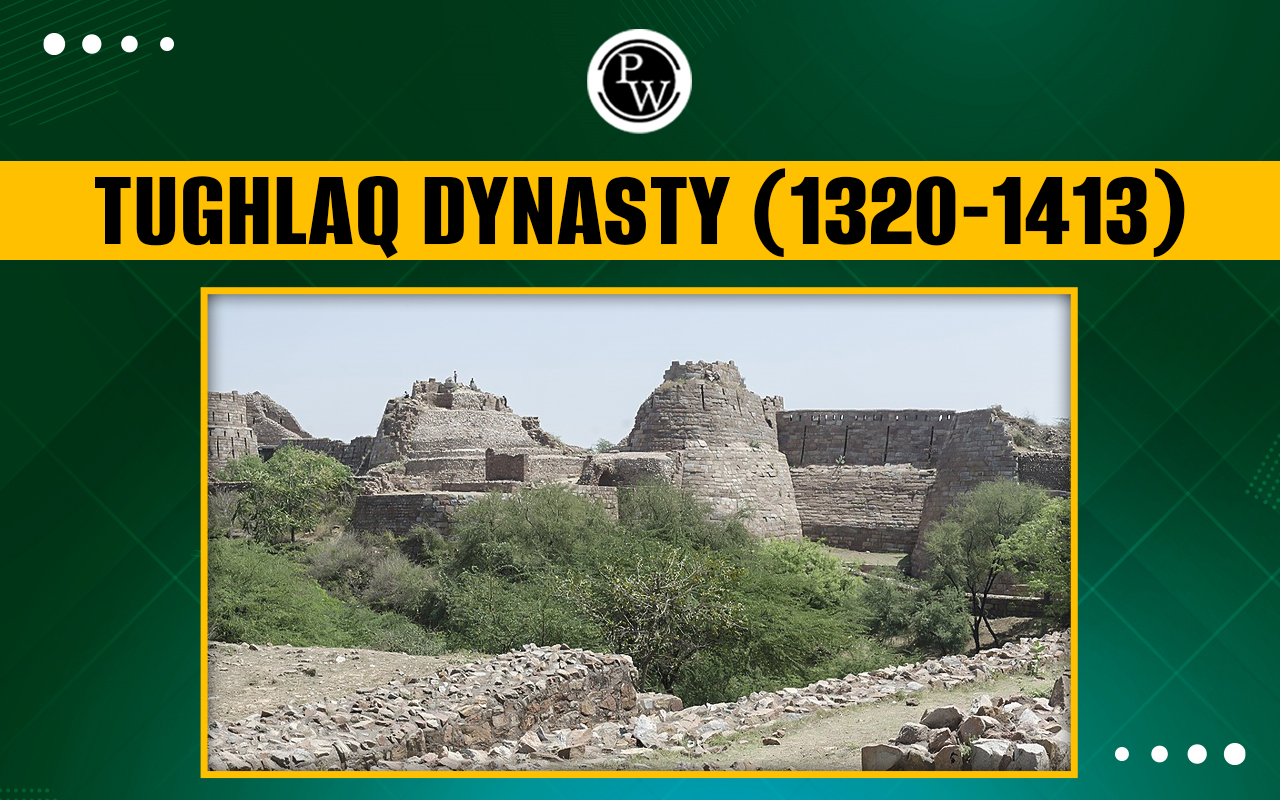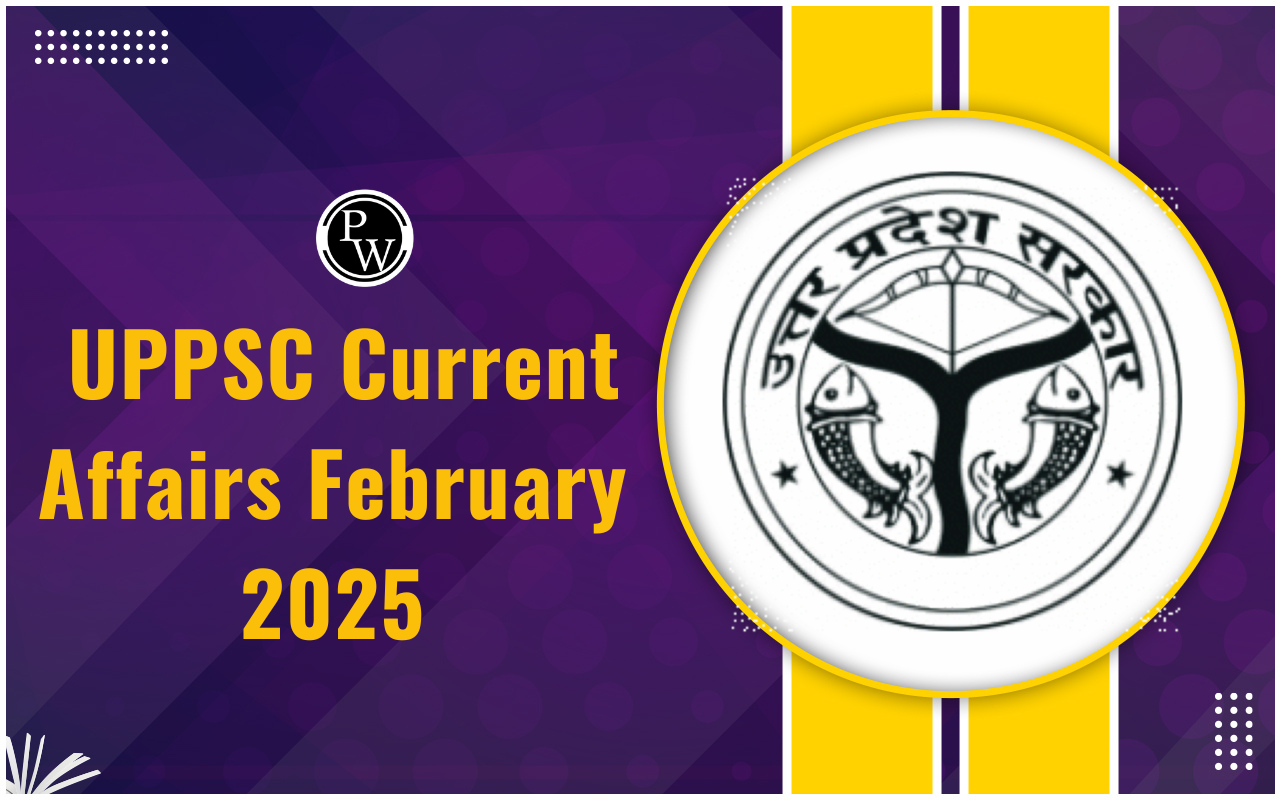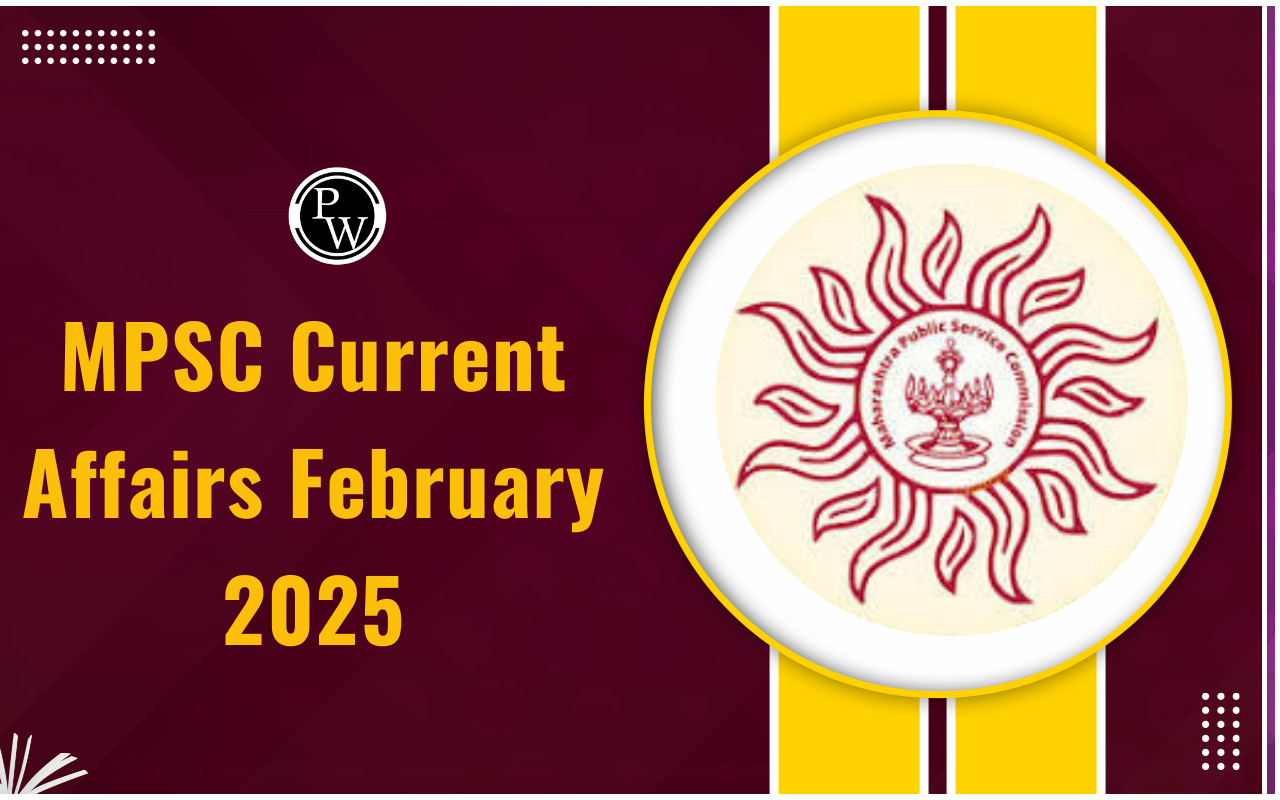

Tughlaq Dynasty: The Tughlaq family, with Indian Turkish roots, emerged in medieval times. Their primary role was to safeguard the Delhi Sultanate. The Tughlaq dynasty, ruling from 1320 to 1413, included notable kings like Muhammad Bin Tughlaq and Ghazi Malik. Their reign significantly impacted India's domestic and foreign policies. For more information about the Tughlaq dynasty and other rulers of this era, check out this article.
Tughlaq Dynasty
The Tughlaq Dynasty, ruling from 1320 to 1413 CE, was a significant era in India's medieval history under the Delhi Sultanate. Founded by Ghiyasuddin Tughlaq, also known as Ghazi Malik, this dynasty played a crucial role in shaping the political and cultural landscape of the time. Known for their Indo-Turkish roots, the Tughlaqs implemented ambitious policies and faced challenges like Mongol invasions and internal rebellions. Leaders like Muhammad bin Tughlaq, infamous for his ambitious but often problematic decisions, and Feroz Shah Tughlaq, known for his reforms and public works, left lasting legacies. Despite their contributions, the dynasty eventually declined due to weak successors and external threats, notably Timur's invasion in 1398 AD. The Tughlaq Dynasty's impact on India's history remains significant, influencing governance, architecture, and societal structures during its reign.History of the Tughlaq Dynasty
The Tughlaq Dynasty, also known as the Tughluq Dynasty, was an Indo-Turkish ruling family that governed India during the Middle Ages. Their reign lasted from 1320 to 1414, marking the third era of the Delhi Sultanate. This period was one of the most significant eras in the history of the Delhi Sultanate. Before the Tughlaqs came to power, the Delhi Sultanate was ruled by the Khalji Dynasty. The last Khalji ruler, Khusro Khan, ascended the throne by killing Mubarak Khilji and other members of the Khalji family. However, Khusro Khan's reign was short-lived. He lacked support from Muslim nobles, leading the aristocrats to seek a new leader. They turned to Ghazi Malik, later known as Ghiyasuddin Tughlaq, a governor in Punjab under the Khalji rule. Ghazi Malik's mother was a Punjabi Jat, and his father was of Turkic descent. Ghazi Malik successfully overthrew Khusro Khan, establishing the Tughlaq Dynasty. His leadership marked the beginning of a new chapter for the Delhi Sultanate. The Tughlaqs significantly influenced India's domestic and foreign policies, leaving a lasting legacy.Founder of the Tughlaq Dynasty
Ghiyasuddin Tughlaq, also known as Ghazi Malik, founded the Tughlaq Dynasty and played a crucial role in defending India against Mongol invasions. Before rising to power, he served as the provincial governor of Dinapur under the guidance of Mubarak Khilji. Ghiyasuddin's most notable achievement was the restoration of Ala-ud-din Khalji's legal order. Known for his harsh tactics against the Mongols, Ghiyasuddin Tughlaq earned a fearsome reputation. It is said that he assassinated Oljeitu's messenger from Iran and severely punished Mongol prisoners of war. His strong leadership helped to secure and stabilize his rule. Ghiyasuddin Tughlaq was also a significant builder, constructing the famous Tughlaqabad Fort. His administration included Multanis, reflecting his Punjabi and Depalpuri political base. Ghiyasuddin's rise to power involved the overthrow and execution of Khusro Khan, the last ruler of the Khalji Dynasty, marking the end of Khalji rule and the beginning of the Tughlaq era.List of Tughlaq Dynasty Rulers
The Tughlaq Dynasty ruled the Delhi Sultanate from 1320 to 1413, founded by Ghiyasuddin Tughlaq, also known as Ghazi Malik. This dynasty saw several notable kings, including Muhammad Bin Tughlaq. The last ruler of the Tughlaq Dynasty was Nasir-ud-Din Mahmud Shah Tughlaq.| List of Tughlaq Dynasty Rulers | |
| Ruler | Time Period |
| Ghiyasuddin Tughlaq | 1320-1325 |
| Muhammad Bin Tughlaq | 1325-1351 |
| Feroz Shah Tughlaq | 1351-1388 |
| Mohammed Khan | 1388 |
| Ghiyasuddin Tughlaq Shah II | 1388 |
| Abu Bakar Khan | 1389-1390 |
| Nasiruddin Muhammad | 1390-1394 |
| Humayun | 1394-1395 |
| Nasir-ud-Din Mahmud | 1395-1412 |
Important Rulers of the Tughlaq Dynasty
Ghiyasuddin Tughlaq (Ghazi Malik)
Ghiyasuddin Tughlaq, also known as Ghazi Malik, founded the Tughlaq Dynasty and was renowned for his strong defense against Mongol invasions and the construction of Tughlaqabad Fort. Rising from poverty, he established a stable government and implemented significant domestic and foreign policies.- Founder and Achievements: Ghiyasuddin Tughlaq, also known as Ghazi Malik, founded the Tughlaq Dynasty. He was known for his severe treatment of the Mongols, having killed Ilkhan Oljeitu's envoys and harshly punished Mongol captives. Ghiyasuddin also began the construction of the renowned Tughlaqabad Fort. Born into poverty, he rose to prominence and established a stable government controlled by Multanis, reflecting his political base in Dipalpur and Punjab.
- Domestic and Foreign Policies: During his reign, Ghiyasuddin restored order and prioritized police, judicial, irrigation, agricultural, and postal services. He ascended the throne in 1320 and established authority over Warangal, Utkala (Orissa), and Bengal. He captured and detained Mongol commanders who invaded northern India.
- End of Rule: Ghiyasuddin Tughlaq died in 1325 during a celebration of his victories in Bengal. He was succeeded by his son, Junakhan, who took the name Muhammad bin Tughlaq.
Muhammad bin Tughlaq
Muhammad bin Tughlaq, who ascended the throne in 1325, is known for his ambitious yet often poorly implemented policies, including the relocation of the capital and a failed copper currency system, which led to significant economic challenges.- Reign and Policies: Muhammad bin Tughlaq, who ascended the throne in 1325, aimed to unify India politically and administratively. He conquered Warangal in 1327. Muhammad bin Tughlaq is known for his ambitious domestic policies, including raising an army of 370,000 men to conquer regions like Khurasan, Iraq, and Transoxiana. However, his policies often failed due to poor implementation and hasty decisions.
- Economic Policies and Their Impact: To avoid Mongol invasions, he gave large presents to the Mongol leader Tamashirin, which burdened the national treasury. He increased taxes in the Doab region, causing many to flee to the forests, leading to a severe food shortage. He moved the capital from Delhi to Devagiri (renamed Daulatabad) and then back to Delhi, causing much hardship.
- Monetary Policies: Muhammad bin Tughlaq introduced a copper-based monetary system, which failed as the coins quickly lost value.
Feroz Shah Tughlaq
Feroz Shah Tughlaq, who ruled from 1351, was known for his extensive reforms and public works, including irrigation projects and town establishments. He implemented social welfare programs and reinstated the Jagir system, leaving a lasting impact on the Delhi Sultanate through his policies and governance.- Reign and Reforms: Feroz Shah Tughlaq, who came to power in 1351, was the younger brother of Ghiyasuddin Tughlaq. He repaid all agricultural debts (Taquavi) of Muhammad bin Tughlaq and increased the pay of revenue agents. He abolished illegitimate and unfair taxes and undertook extensive public works, including digging irrigation channels, constructing 150 wells, 100 bridges, and 50 dams. He founded several towns, including Firozabad, Hissar, Jaunpur, and Fatehabad.
- Domestic Policies: Feroz Shah Tughlaq was against violence and imposed jizya on Brahmins. He was assisted by Khan-e-Jehan Maqbool, a converted Hindu, in implementing several reforms. Instead of paying his military commanders in cash, he reinstated the Jagir system, granting land (Iqtas) to administrators and warriors, making these posts hereditary.
- Social Welfare: Feroz Shah institutionalized enslavement through business ventures and royal workshops, creating the Diwan-i-Bandagan for public welfare. He established the Deewan-i-Khairat to aid the poor, orphans, widows, and Muslim women in need. Darul Shafa, a charity hospital in Delhi, provided free meals and medical care. Additionally, he founded the Diwan-i-Istibqaq to assist the needy and impoverished.
Last Ruler of the Tughlaq Dynasty
Nasir-ud-Din Mahmud Shah Tughlaq, also known as Nasiruddin Mohammad Shah, was the final sultan of the Tughlaq dynasty to govern the Delhi Sultanate. His reign marked the end of an era in Islamic rule over Delhi, concluding the dynasty's significant influence on the region's history.Decline of the Tughlaq Dynasty
After Feroz Shah Tughlaq, subsequent rulers lacked the competence and authority to maintain control. By the late 14th century, most regions had asserted their independence, although Punjab and Delhi remained under Tughlaq rule. However, Timur's devastating invasion in 1398 AD marked the final blow to the declining Tughlaq dynasty, leading to its ultimate downfall.Tughlaq Dynasty FAQs
Who founded the Tughlaq Dynasty?
Ghiyasuddin Tughlaq, also known as Ghazi Malik, founded the Tughlaq Dynasty.
What were the main achievements of Ghiyasuddin Tughlaq?
Ghiyasuddin Tughlaq is known for defending India against Mongol invasions and constructing the Tughlaqabad Fort.
Who was Muhammad bin Tughlaq?
Muhammad bin Tughlaq was a ruler known for his ambitious policies, including moving the capital and introducing a copper-based currency.
What led to the decline of the Tughlaq Dynasty?
The decline was due to weak successors after Feroz Shah Tughlaq and the devastating invasion by Timur in 1398 AD.
Who was the last ruler of the Tughlaq Dynasty?
Nasir-ud-Din Mahmud Shah Tughlaq, also known as Nasiruddin Mohammad Shah, was the last sultan of the Tughlaq Dynasty.
Talk to a counsellorHave doubts? Our support team will be happy to assist you!

Check out these Related Articles
Free Learning Resources
PW Books
Notes (Class 10-12)
PW Study Materials
Notes (Class 6-9)
Ncert Solutions
Govt Exams
Class 6th to 12th Online Courses
Govt Job Exams Courses
UPSC Coaching
Defence Exam Coaching
Gate Exam Coaching
Other Exams
Know about Physics Wallah
Physics Wallah is an Indian edtech platform that provides accessible & comprehensive learning experiences to students from Class 6th to postgraduate level. We also provide extensive NCERT solutions, sample paper, NEET, JEE Mains, BITSAT previous year papers & more such resources to students. Physics Wallah also caters to over 3.5 million registered students and over 78 lakh+ Youtube subscribers with 4.8 rating on its app.
We Stand Out because
We provide students with intensive courses with India’s qualified & experienced faculties & mentors. PW strives to make the learning experience comprehensive and accessible for students of all sections of society. We believe in empowering every single student who couldn't dream of a good career in engineering and medical field earlier.
Our Key Focus Areas
Physics Wallah's main focus is to make the learning experience as economical as possible for all students. With our affordable courses like Lakshya, Udaan and Arjuna and many others, we have been able to provide a platform for lakhs of aspirants. From providing Chemistry, Maths, Physics formula to giving e-books of eminent authors like RD Sharma, RS Aggarwal and Lakhmir Singh, PW focuses on every single student's need for preparation.
What Makes Us Different
Physics Wallah strives to develop a comprehensive pedagogical structure for students, where they get a state-of-the-art learning experience with study material and resources. Apart from catering students preparing for JEE Mains and NEET, PW also provides study material for each state board like Uttar Pradesh, Bihar, and others
Copyright © 2025 Physicswallah Limited All rights reserved.









